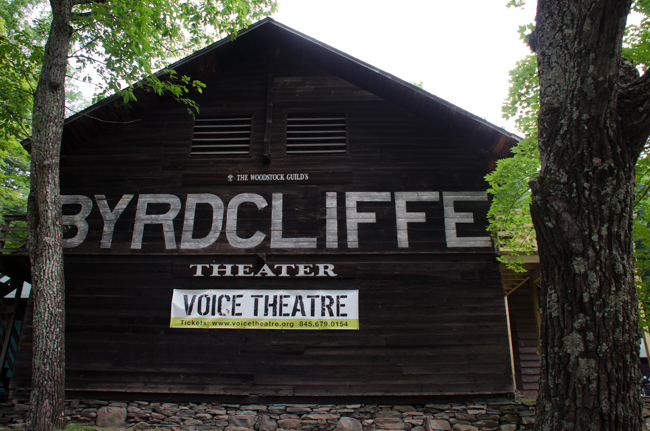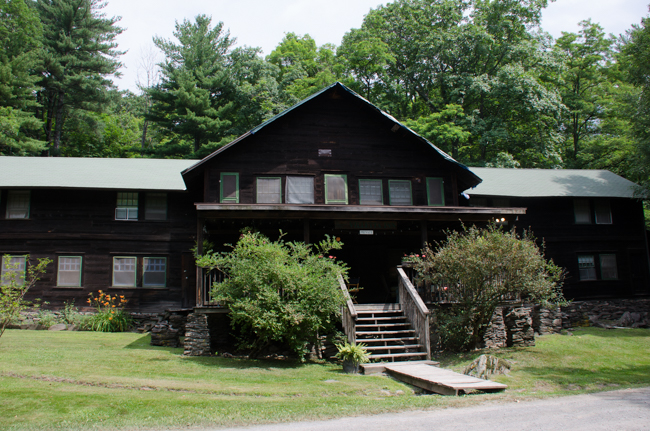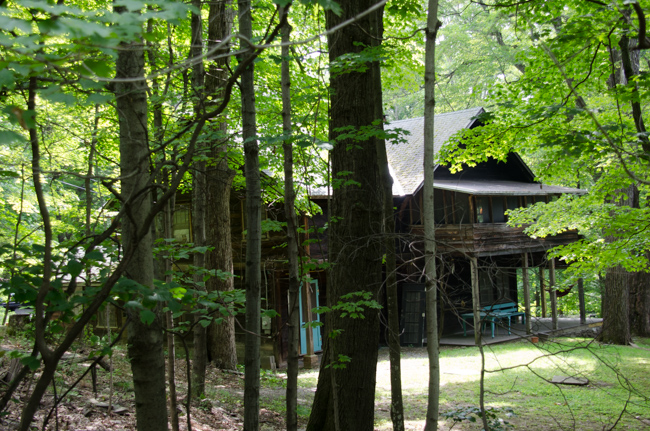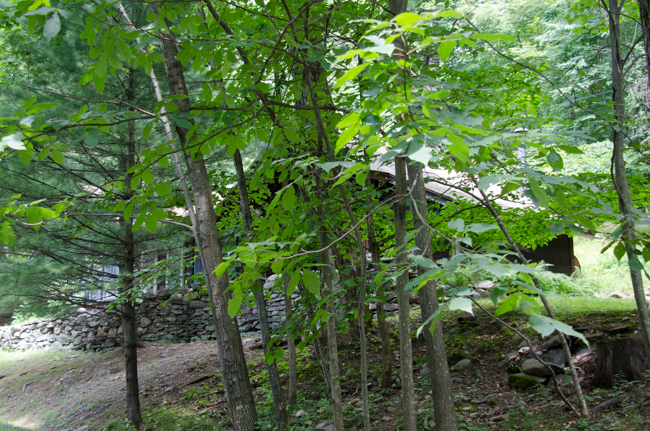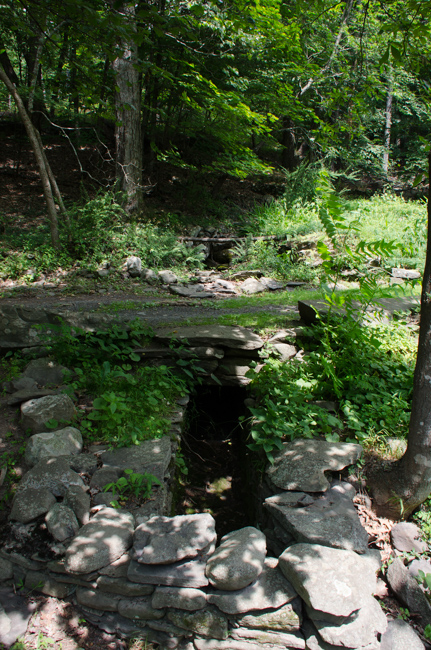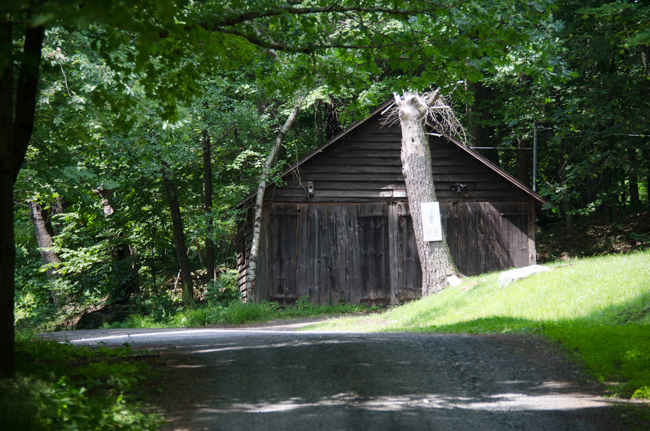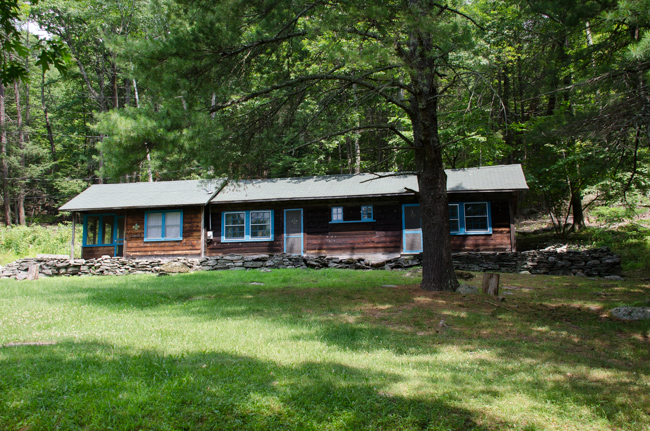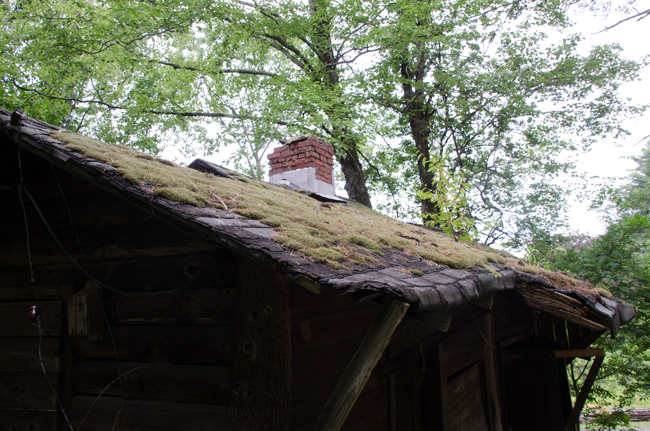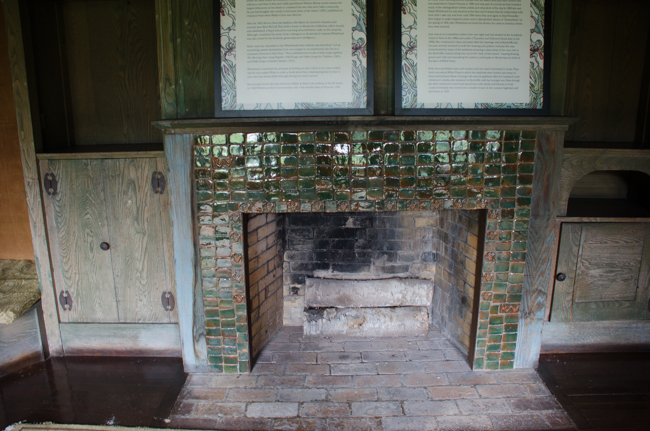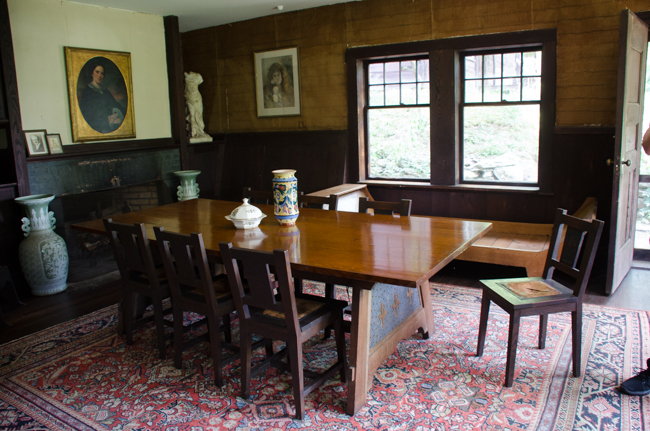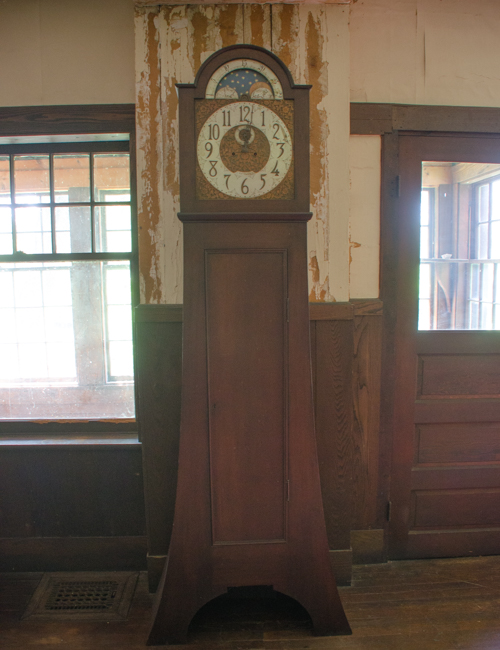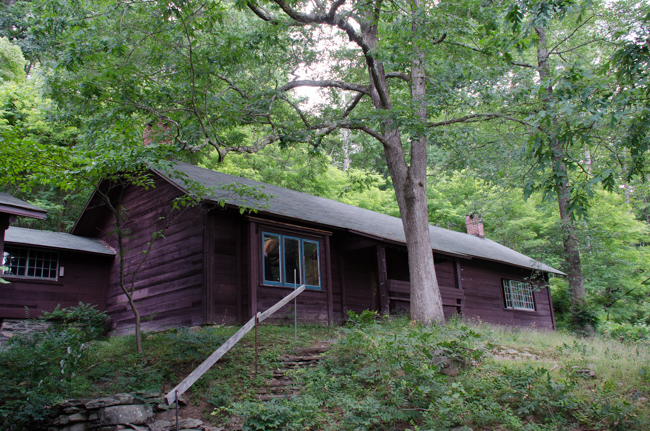Woodstock, New York
Byrdcliffe was founded in 1902 near Woodstock, New York by the husband and wife team of Jane Byrd McCall and Ralph Radcliffe Whitehead along with colleagues, Bolton Brown (artist) and Hervey White (writer). It is the oldest operating Arts and Crafts Colony in America. Byrdcliffe was created as an experiment in utopian living inspired by the arts and crafts movement.
The colony, still in operation today, is located on 300 acres with 35 original buildings, all designed in the Arts and Crafts style.
Planned in 1902 by Bolton Brown to house the Byrdcliffe School of Art. The large studio room, with magnificent lighting from the North, was used for painting classes, exhibitions, concerts, dance performances, and social events. The west wing once housed Ralph Whiteheads 5000 volume library. Today it is used as a theater for the performing arts.
The Villetta was built in 1903 as a boarding house for students. It operated as the French Camp for Children during WWII. It is now the home of the Artist in Residence program. The building once had a laundry, a wood room and servants quarters behind it.
Eastover is one of Byrdcliffe’s largest homes, it was built in 1904-5 as faculty housing. It has been the home/studio of Chevy Chase, The Band and artists Sally and Milton Avery.
Sunrise is the very first residence on Byrdcliffe to receive the morning sun. Built in 1903 it was designed by Edna M. Walker and Zulma Steele.
Zulma Steele (1881–1979) was one of the first residents at the Byrdcliffe Colony and was considered one of the most talented students to come there. In 1903, she and Edna Walker, who both had recently graduated from the Pratt Institute in Brooklyn, arrived in Woodstock to work in the furniture shop.
Steele was one of the pioneering women of the Arts and Crafts movement and Modernism in New York. American arts journalist for the New York Times Grace Glueck noted that Steele was a “progressive-minded artist and artisan whose work was considered avant-garde.” She married a farmer, Nelson Parker, in 1926. After he died in 1928, Steele traveled extensively in Europe. She returned to upstate New York, where she died at the age of 98.
Serenata is a year-round residence and studio.
The grounds were designed with the concept of beauty and mindfulness, even the water was captured in an artistic way to be enjoyed as it flowed down the mountain.
Robin the Hammer is an instructor of jewelry in Woodstock. He created much of the jewelry worn by rocker Billy Idol in this studio He also created the High Times Cannabis Cup, awarded in Amsterdam every year
In 1913 Jane took a ceramics course at the University of Chicago and then studied in Santa Barbara under Frederick Hurton Rhead. Throughout the mid-1920’s both Jane and Ralph created pottery along with the Byrdcliffe potters, Edith Penman, and Elizabeth Hardenburgh. They created their own line called White Pines Pottery.
White Pines was designed by Ralph Whitehead and Bolton Brown. It was built in 1903 for the Whitehead family. This was the heart of the colony where such guests as poet Wallace Stevens, authors Will Durant and Tomas Mann, naturalist John Burroughs and journalist Heywod Bround regularly visited. The building is the quintessential example of the Byrdcliffe Arts and Crafts style.
Jane was the cousin of Henry Chapman Mercer founder of Moravian Tile Works in Bucks County, Pennsylvania. He created the blue-green tiles.
The loom room gave the colony a large, open, workspace for the production of hand-woven items. There is a fireplace at one end, and once had a stove for dye pots, drying racks and looms.
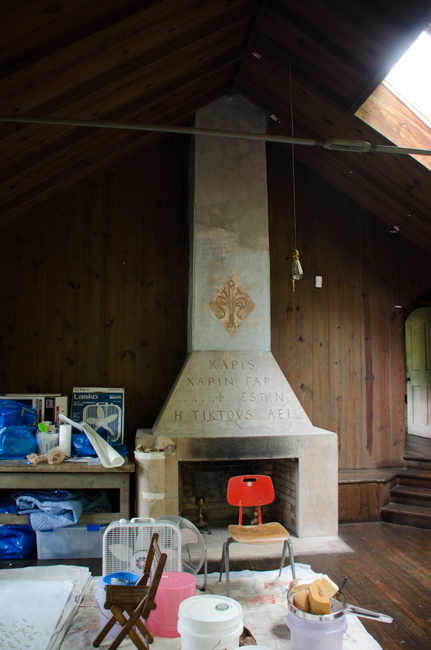
The fireplace in the loom room. The Greek saying has been interpreted as a Sophocles saying “Love Begets Love”
Ralph Whitehead came from an extremely wealthy family in England who owned the Royal George Mills in Saddleborough. He studied at Oxford with John Ruskin, the father of the English Arts and Crafts Movement. He attempted to study with William Morris, the English designer and a leader in the English Arts and Crafts movement, but as he wrote to his wife “Morris will not take me as a pupil -nor canst I got to him now – he thinks tapestry is too difficult for me which by my own confession I have no artistic faculty, I agree”. Whitehead did eventually learn rug making under the teaching of Byrdcliffe weaver Marie Little.
Jane Byrd McCall came from a prominent Philadelphia family. Jane was a descendant of founding fathers William Byrd and George Mason, her father, Peter McCall, was mayor of Philadelphia and a professor of civil law at the University of Pennsylvania. From an early age, Jane and her sister traveled back and forth from Europe, where Jane studied art at Oxford with John Ruskin and fine arts in Paris at the Académie Julian. After the sister’s presentation to Queen Victoria in 1886, Jane practiced art and held a salon for European nobility and gentry, intellectuals and artists at Albury House in Surrey. She met Ralph in Italy during her travels.
The Whiteheads’ marriage was based on an idea of a shared vision for a life lived apart from the real world, surrounded by beauty and useful work in the arts.
Byrdcliffe was left to Peter Whitehead, the only surviving son. He bequeathed Byrdcliff and its remaining assets to the Woodstock Guild of Craftsmen. In 1979 Byrdcliffe became a National Register Site for its Historical and architectural importance.
